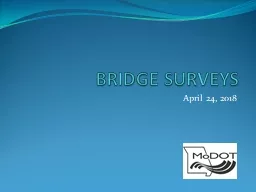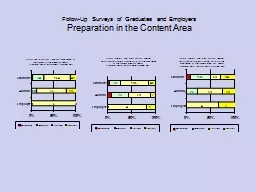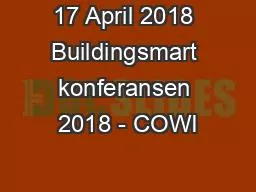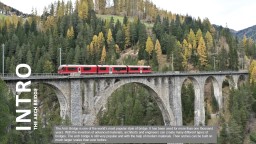PPT-BRIDGE SURVEYS April 24, 2018
Author : jane-oiler | Published Date : 2019-11-21
BRIDGE SURVEYS April 24 2018 Bridge Survey Location Request EPG 7471 Districts designer should request guidance for survey activities related to hydraulics for Bridge
Presentation Embed Code
Download Presentation
Download Presentation The PPT/PDF document "BRIDGE SURVEYS April 24, 2018" is the property of its rightful owner. Permission is granted to download and print the materials on this website for personal, non-commercial use only, and to display it on your personal computer provided you do not modify the materials and that you retain all copyright notices contained in the materials. By downloading content from our website, you accept the terms of this agreement.
BRIDGE SURVEYS April 24, 2018: Transcript
Download Rules Of Document
"BRIDGE SURVEYS April 24, 2018"The content belongs to its owner. You may download and print it for personal use, without modification, and keep all copyright notices. By downloading, you agree to these terms.
Related Documents

